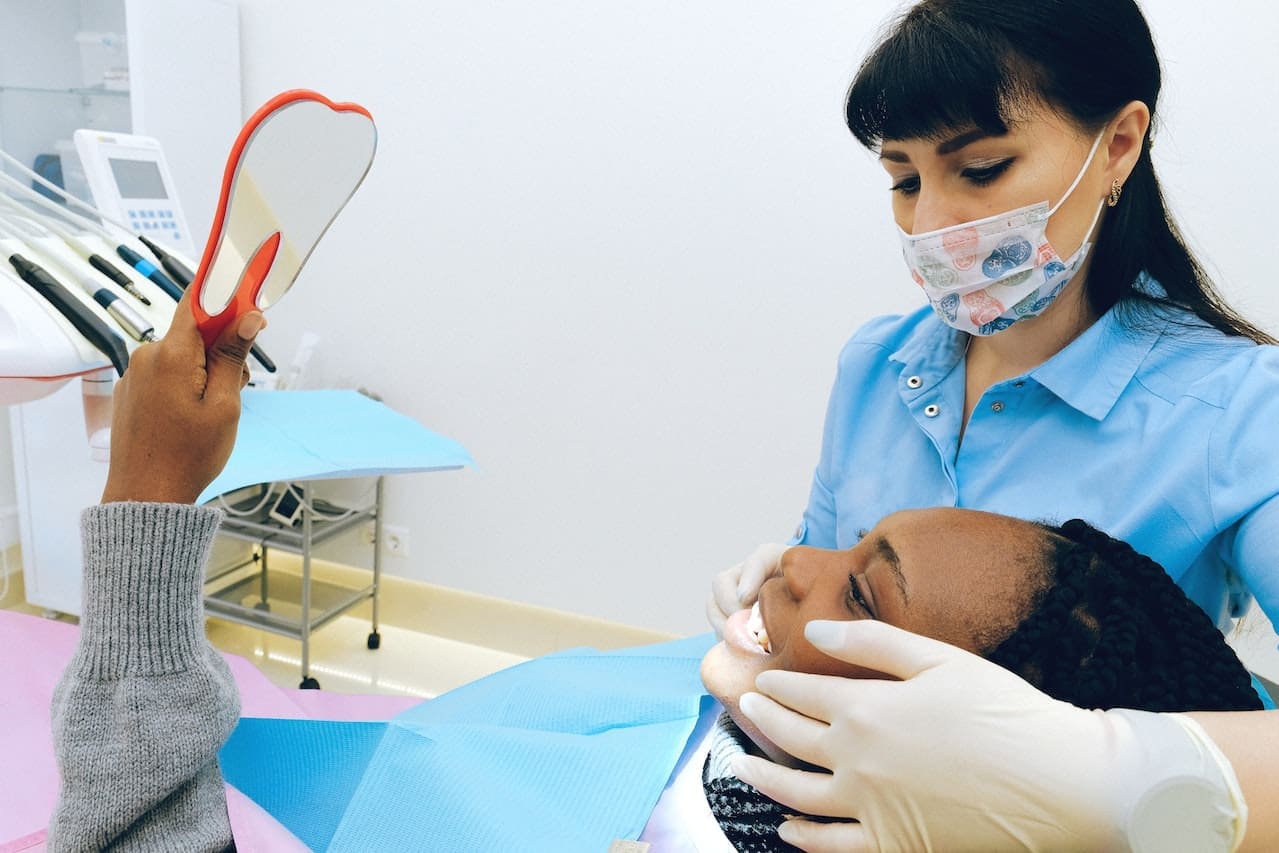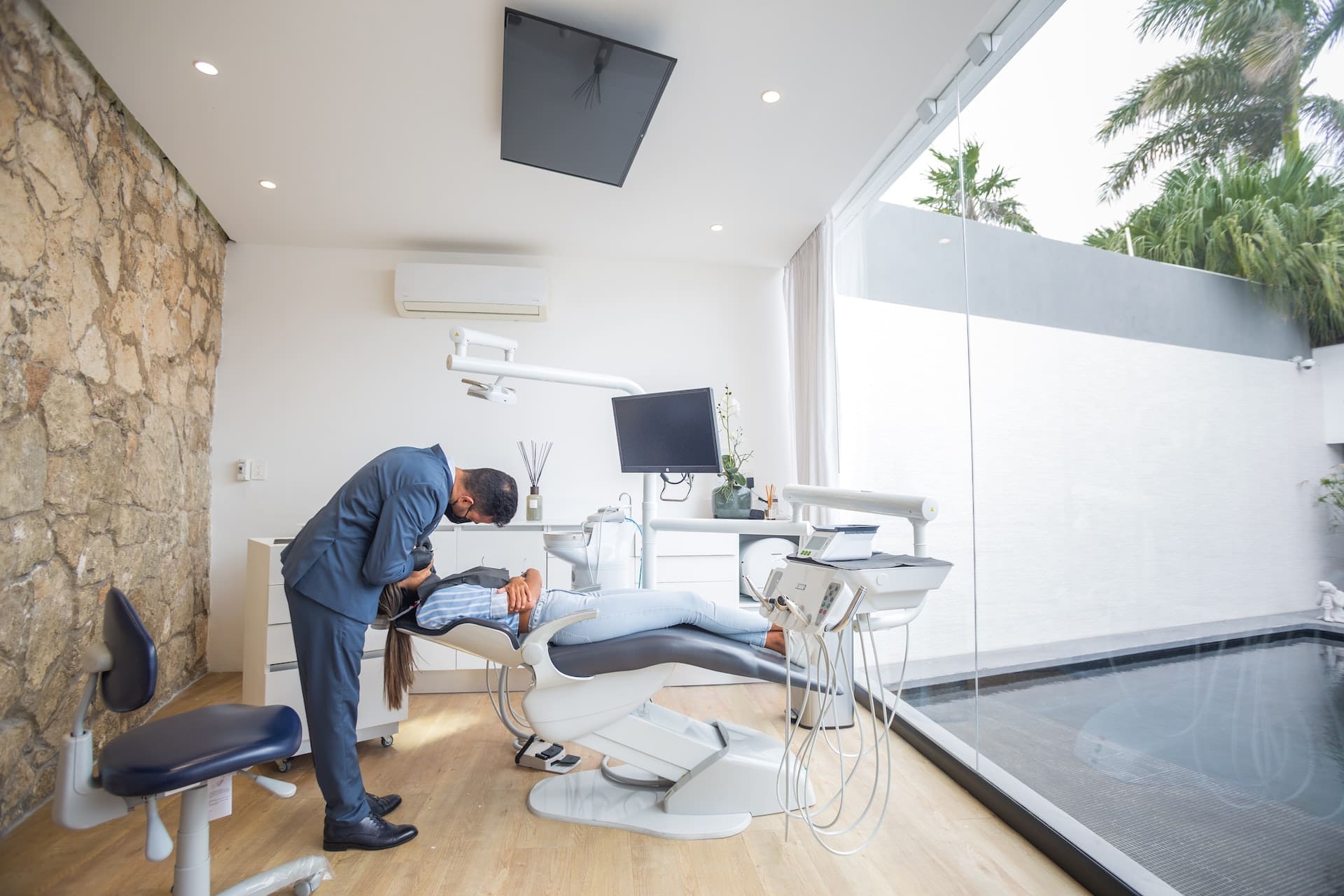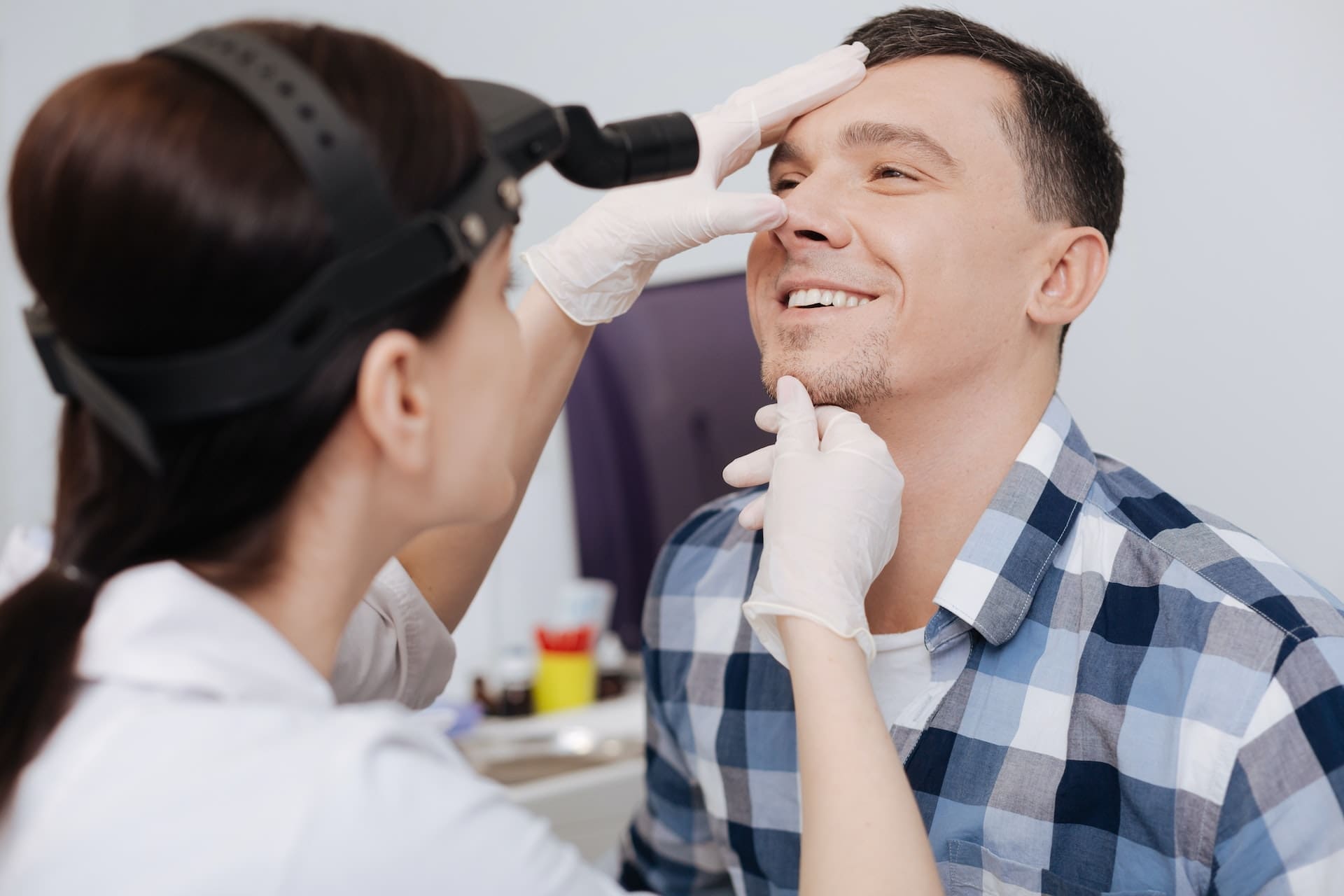
How to Know If You Are in Need of a Deep Dental Cleaning
Deep dental cleaning, also known as scaling and root planing, is a procedure that is used to remove plaque and tartar buildup on teeth and
Home » Archives for February 2023

Deep dental cleaning, also known as scaling and root planing, is a procedure that is used to remove plaque and tartar buildup on teeth and

When it comes to lip ties and the health of an infant, many myths and misconceptions are floating around. From breastfeeding troubles to difficulty latching,

Nothing can make you feel more anxious than your first dental visit. You may be nervous about what to expect and how it will feel.

The vast majority of clinical trials on LANAP laser gum surgery have yielded a success rate of 87.9 percent or above. It is the only